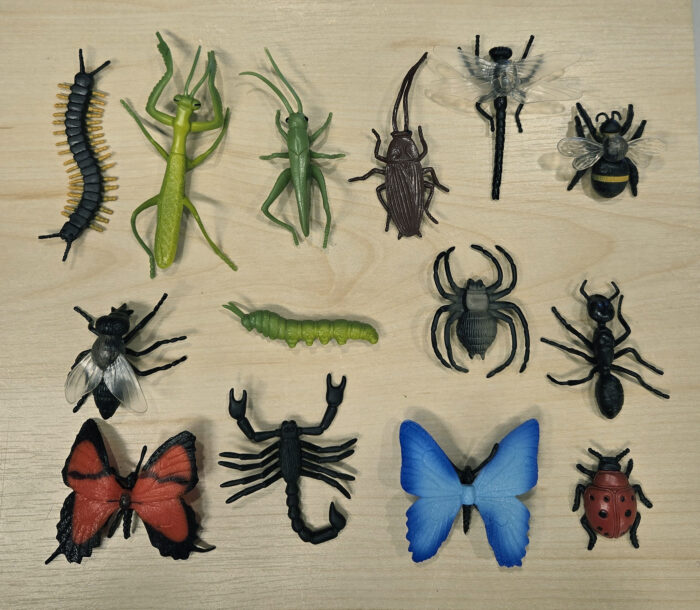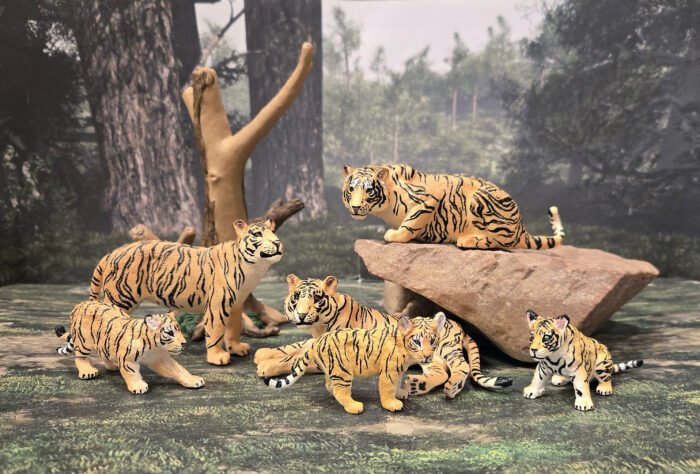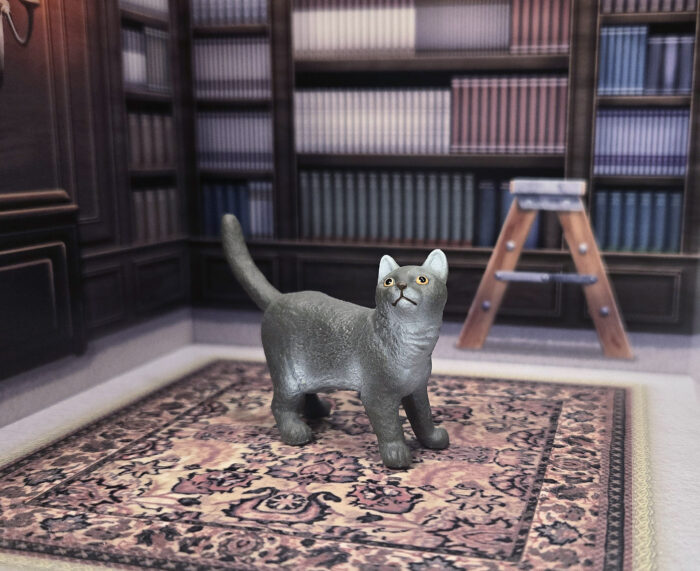I have recently reacquired the Safari Ltd. Insects TOOB and thought I would showcase it for the Blog. There have been at least three (maybe more) iterations of this TOOB over the years, with I believe the first version coming out in 2004. At some point (I don’t know what year) Safari also released a glow-in-the-dark version of the TOOB.
Author: bmathison1972
 I am Blaine, known by bmathison1972 on the forums and blogs. I am a professional parasitologist specializing in agents of human disease, including medically-important arthropods. I am also an amateur entomologist and study Nearctic click beetles (family Elateridae). Historically, much of my collection was devoted to insects and other arthropods, but in late 2018 I started building a Synoptic Collection of other species, to have one good exemplar of any animal species (my personal ‘Natural History Museum’). Other hobbies include hiking, bird-watching, running, and lifting weights, but my other ‘big’ hobby is visiting sports arenas, especially baseball stadiums. Whenever I travel for work (which I do with some frequency), I always check to see if there is a local college, independent, minor, or major league team to see.
I am Blaine, known by bmathison1972 on the forums and blogs. I am a professional parasitologist specializing in agents of human disease, including medically-important arthropods. I am also an amateur entomologist and study Nearctic click beetles (family Elateridae). Historically, much of my collection was devoted to insects and other arthropods, but in late 2018 I started building a Synoptic Collection of other species, to have one good exemplar of any animal species (my personal ‘Natural History Museum’). Other hobbies include hiking, bird-watching, running, and lifting weights, but my other ‘big’ hobby is visiting sports arenas, especially baseball stadiums. Whenever I travel for work (which I do with some frequency), I always check to see if there is a local college, independent, minor, or major league team to see.All reviews by this author
Mini Insects Vol. 1 (Diversity of Life on Earth by Bandai)
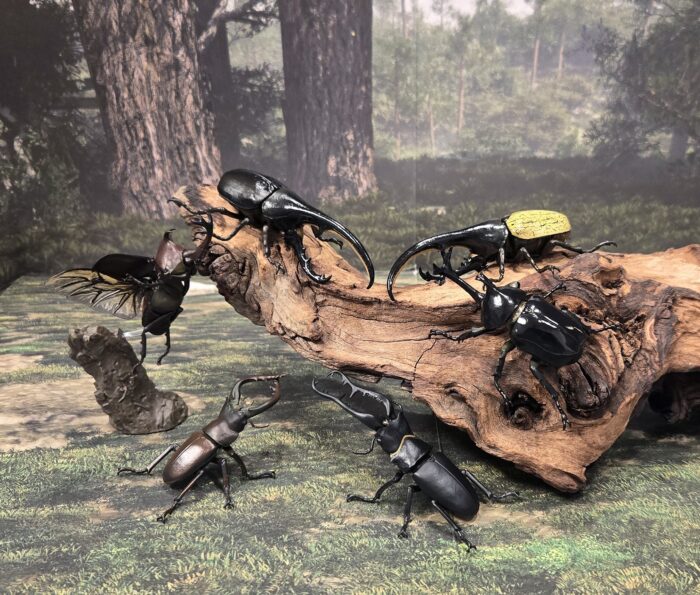
In 2022, Bandai started a series of miniatures in their Diversity of Life of Earth line. The first set is the one we will be looking at today, Mini Insects Volume 1. It would be followed by Volumes 2 (which has already been reviewed by Fembrogon) and 3 (which I plan to tackle later), both released in 2023.
Black Jaguars Family Playset (Toymany)
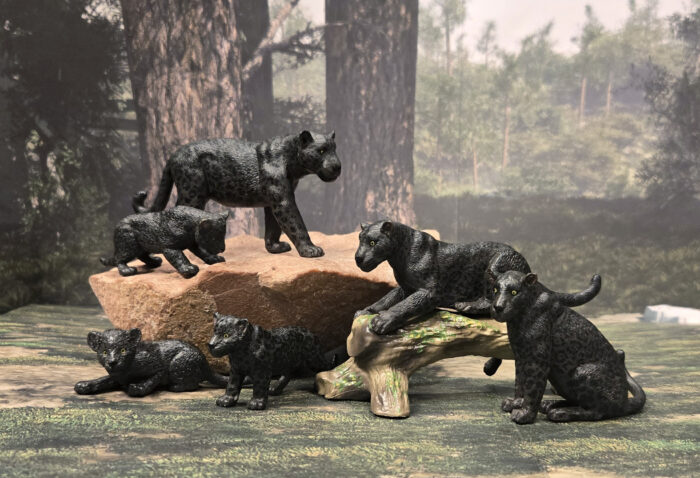
Before I begin my review, I must thank @Kenc and the folks at Toymany for providing this review sample for the Blog.
The jaguar (Panthera onca) is a species that needs little introduction. It is an apex predator in Latin America, ranging from the extreme southern USA to central South America.
Common Goldeneye (Large Ducks by AAA)
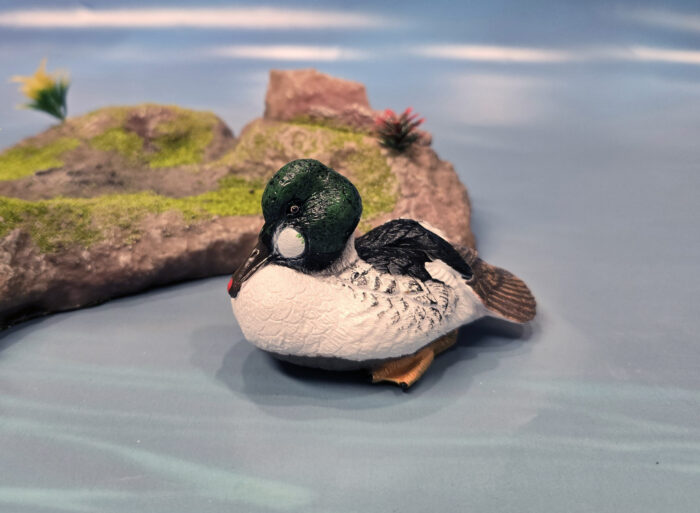
The genus Bucephala contains three species of small diving ducks collectively referred to as goldeneyes. I am lucky that all three species can be found in my area in the winter. The Common Goldeneye (B. clangula) occurs in the boreal Holarctic, wintering throughout North America, Southeast Asia, and Japan.
Blue-winged Teal (Large Ducks by AAA)
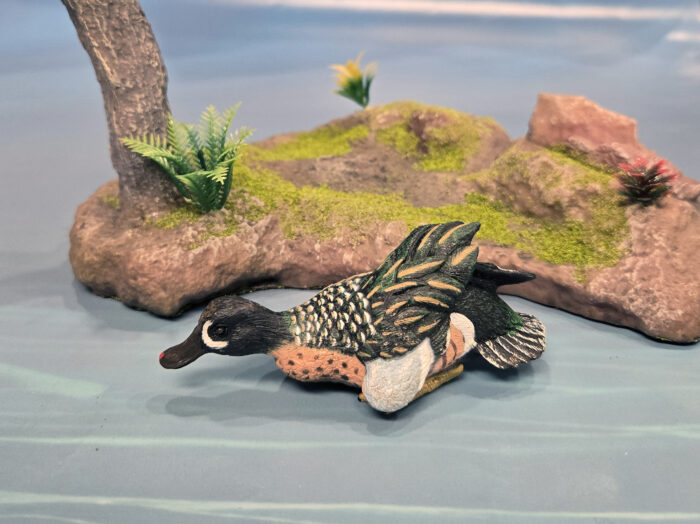
Despite sharing the common name ‘teal’, the Blue-winged Teal (BWTE, Spatula discors) is not in the same genus (Anas) as the Green-winged Teal (GWTE) from my earlier review, although it was for a period. The genus Spatula, originally described in 1822 and eventually placed in synonymy with Anas, was resurrected in 2009 after a molecular phylogeny looking at two mitochondrial genes (cytochrome b and the NADH dehydrogenase subunit 2) determined Anas to be non-monophyletic.
Tiger Family Set (Toymany)
Green-winged Teal (Large Ducks by AAA)
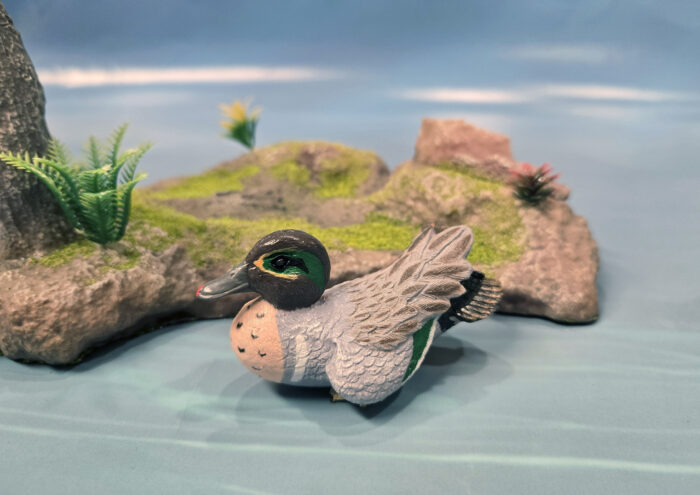
The Green-winged Teal (Anas crecca) is a small dabbling duck that occurs throughout much of the Northern Hemisphere. Historically, the American populations were classified as either a subspecies of the Eurasian teal (A. crecca carolinensis) or as a valid species (A. carolinensis), but now the American and Eurasian populations are lumped into one widespread species.
Monarch Butterfly, caterpillar (Hidden Kingdom Smithsonian Insects by Safari Ltd.)
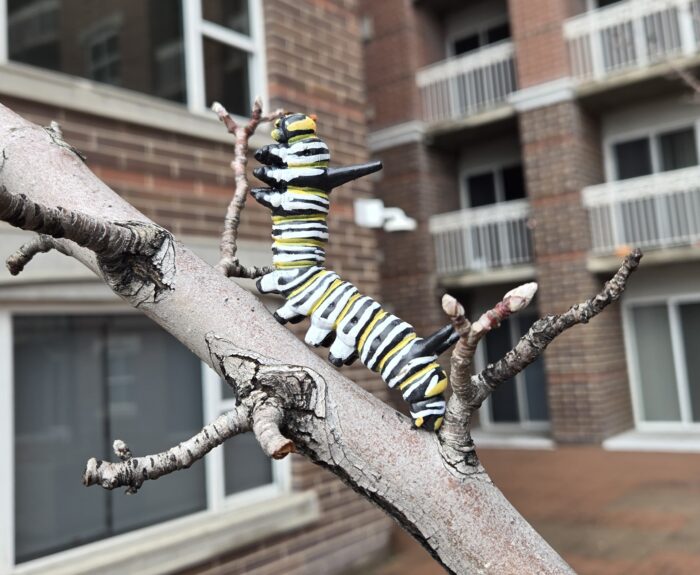
In following the trends of Safari Ltd.’s Tennessee Aquarium Salamander, Monterey Bay Aquarium, and Marsh Education Fish collections, I am going to attempt to finish, or assist in finishing, Safari’s Hidden Kingdom Smithsonian Insects collection (the lubber grasshopper, black widow, and flea have already been reviewed). If I remember correctly, the figures were originally produced by Safari in the late 1990s alongside a traveling museum exhibit sponsored by the Smithsonian Institution that featured large animatronic insects.
Star-nosed Mole (The Mysteries of Living Things Encyclopedia by Takara Tomy A.R.T.S.)
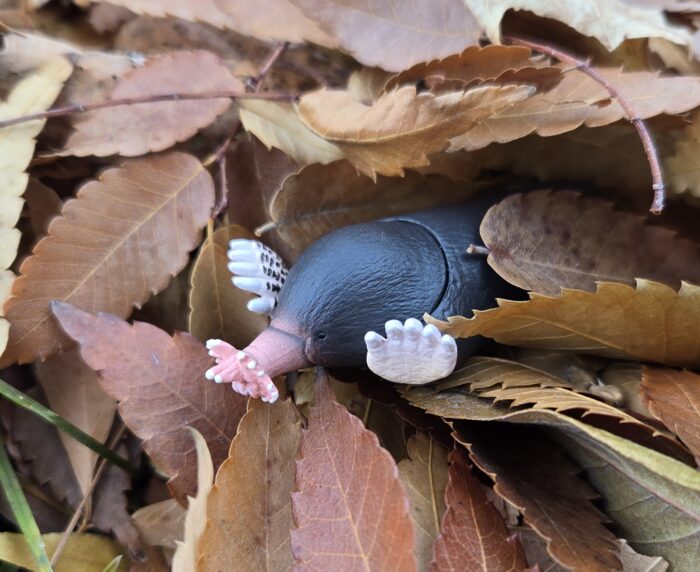
The star-nosed mole (Condylura cristata) is an animal that has amazed me since childhood, and not unlike the osprey of my last review, a species I always wanted a figure of. I am genuinely surprised it took this long for one to be produced. Maybe there have been others, I am not privy to every animal figure or toy produced throughout history, but today’s 2024 model by Takara Tomy A.R.T.S.
Osprey (Wings of the World by Safari Ltd.)
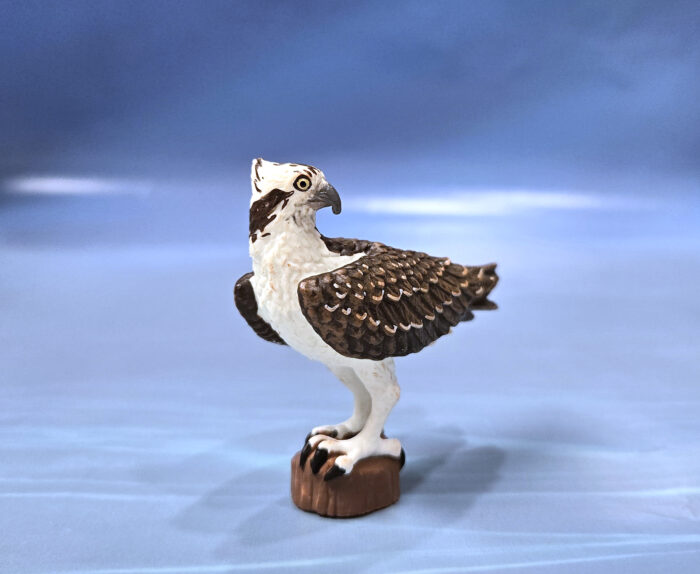
I do not engage in the ‘wishes and wants’ and ‘predictions’ threads on the forums. For one reason, I like to be surprised, and I find it more rewarding when something is announced that wasn’t expected. Secondly, is that many people’s wishes and wants tend to be really obscure things that have a low probability of getting produced, thus resulting in disappointment when official announcements are made.
Hermit Crab (Marine Animal Models by TNG)
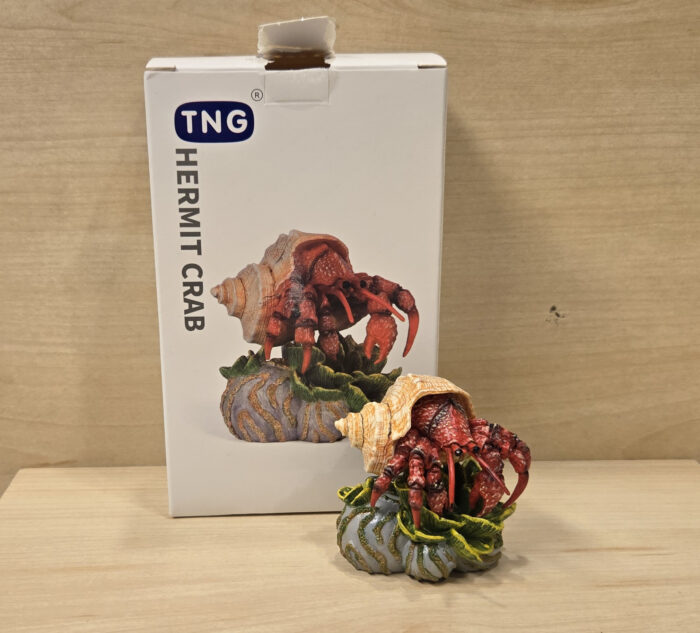
Despite having the common name ‘crab’, hermit crabs are not ‘true’ crabs, meaning they are not a part of the clade Brachyura. They belong to its sister group, Anomura, which also contains porcelain crabs, squat lobsters, mole crabs, and king crabs. Broadly speaking, hermit crabs encompass the superfamily Paguroidea which includes the king crabs.

